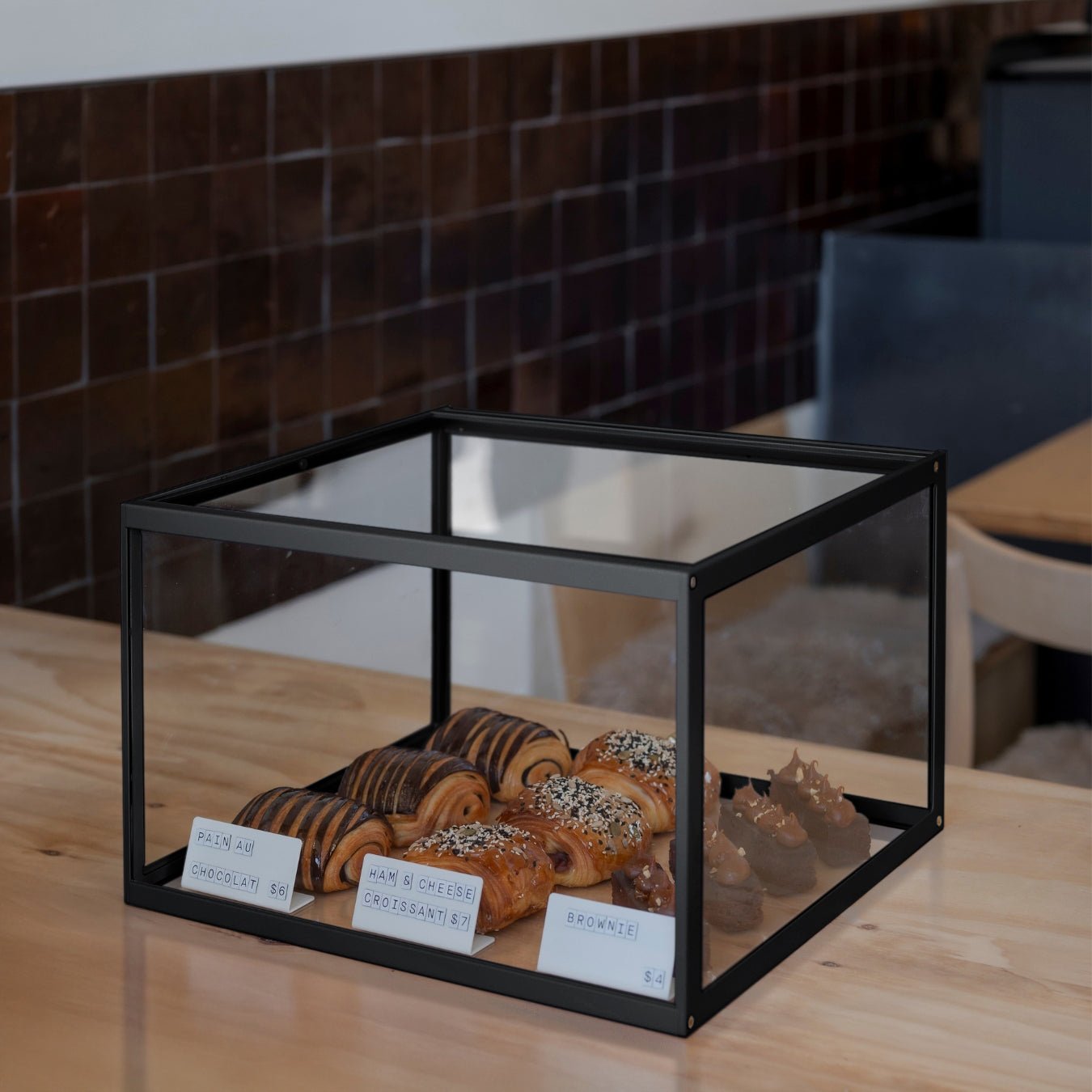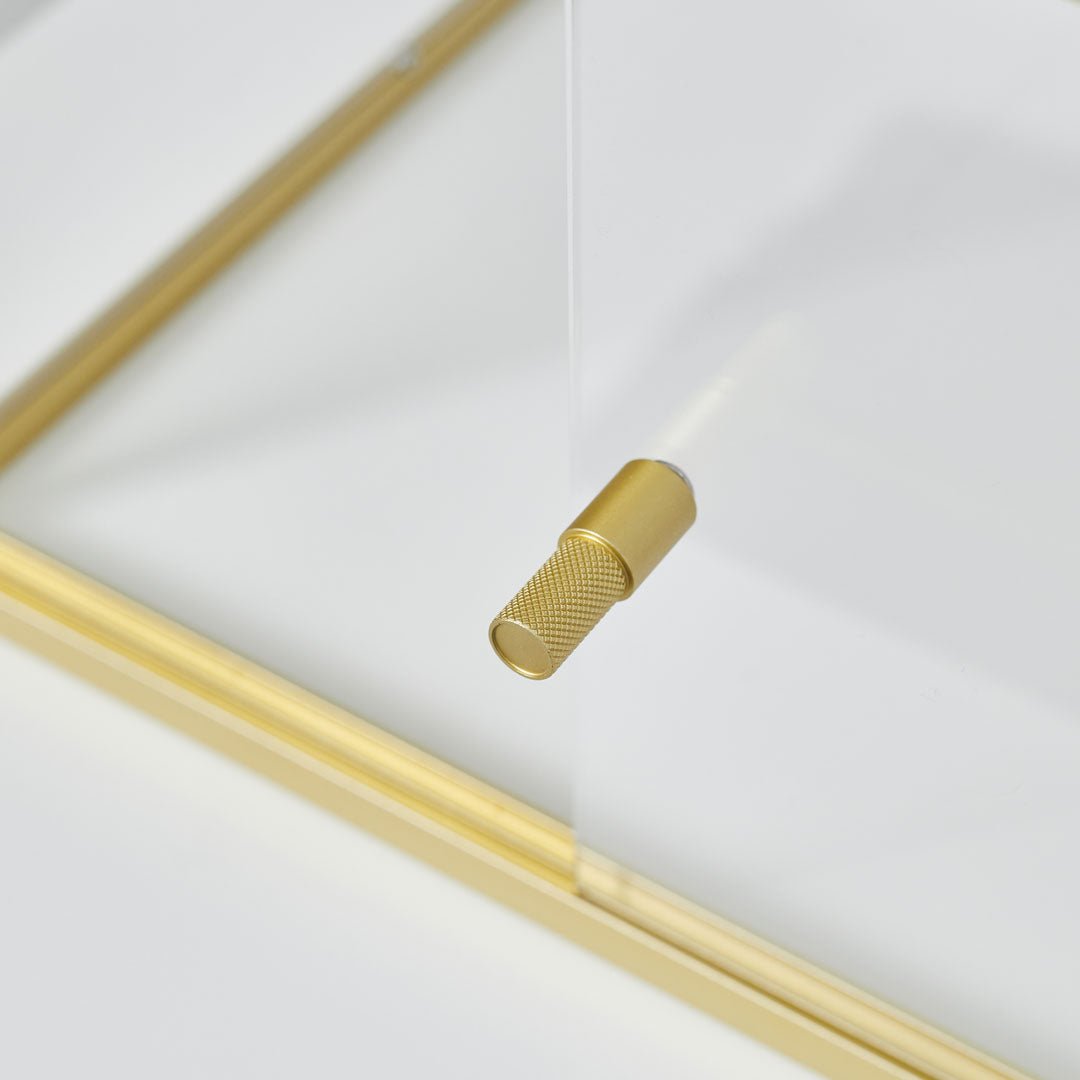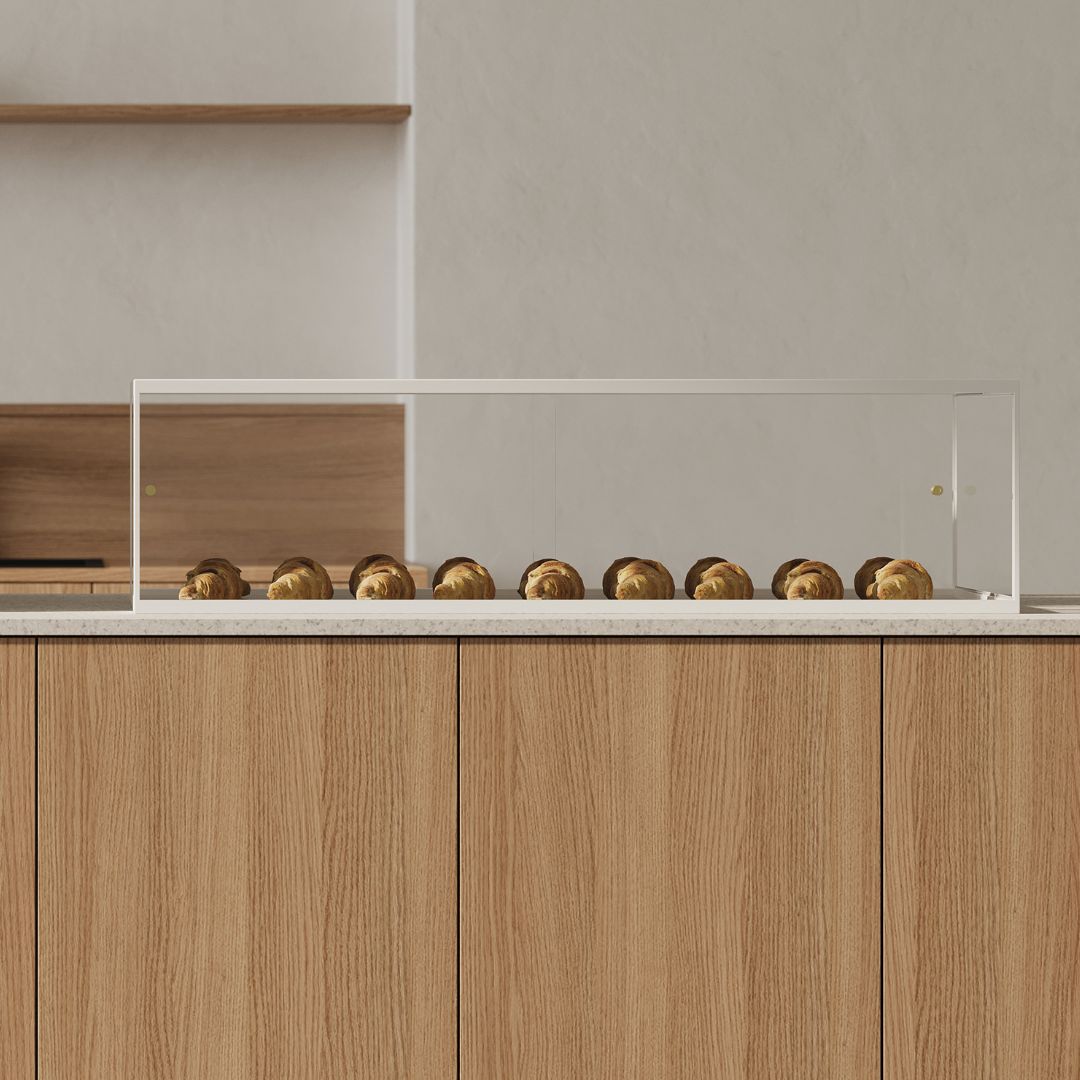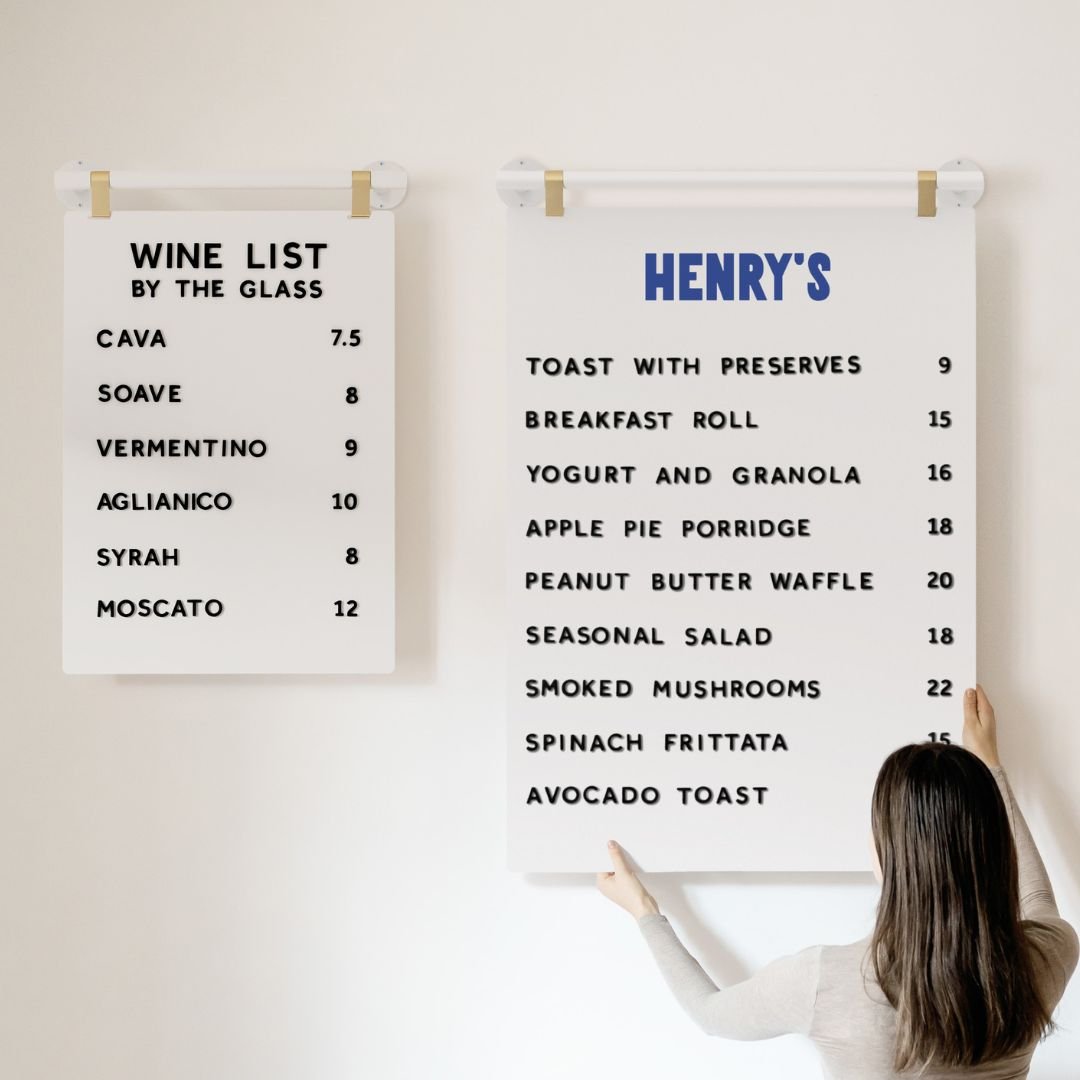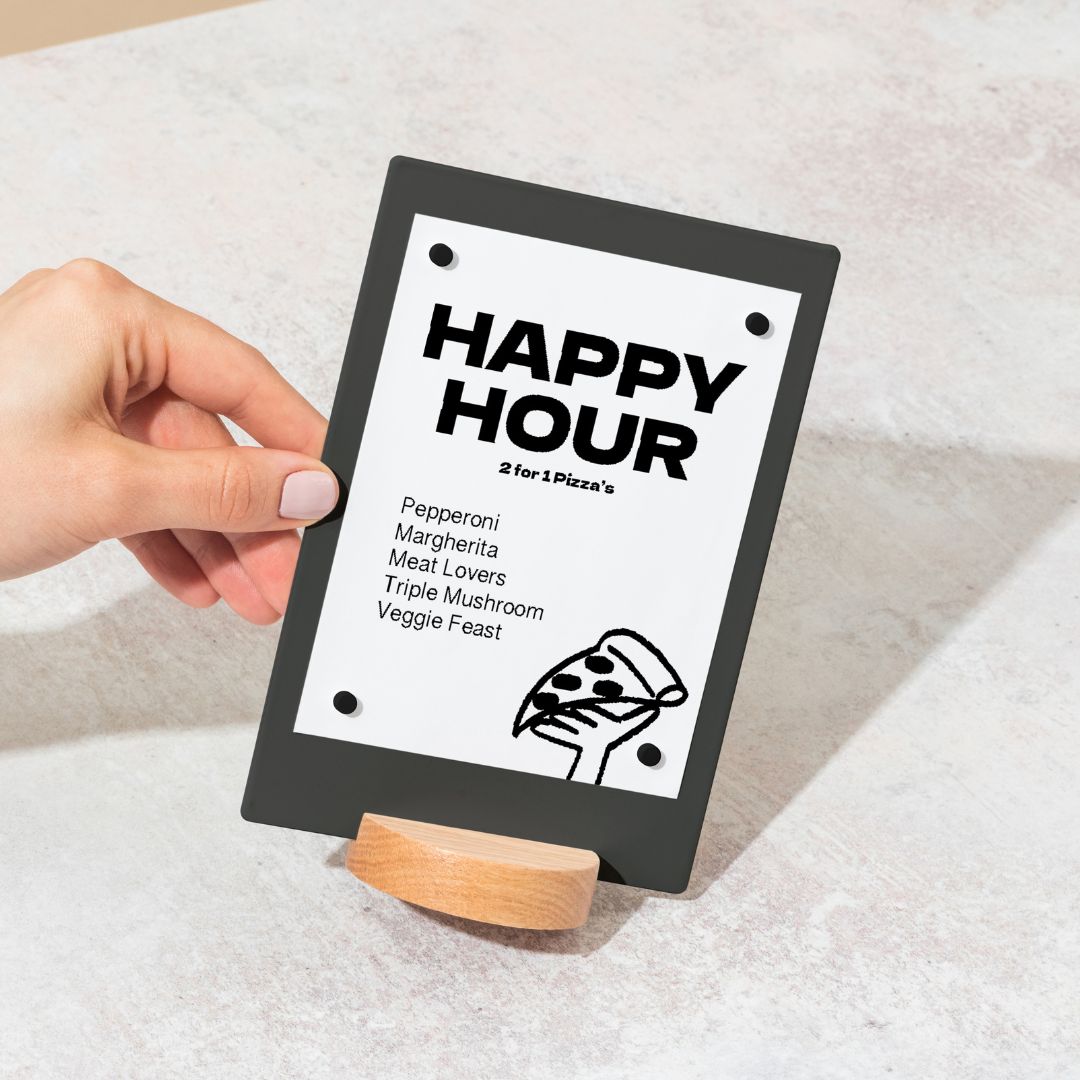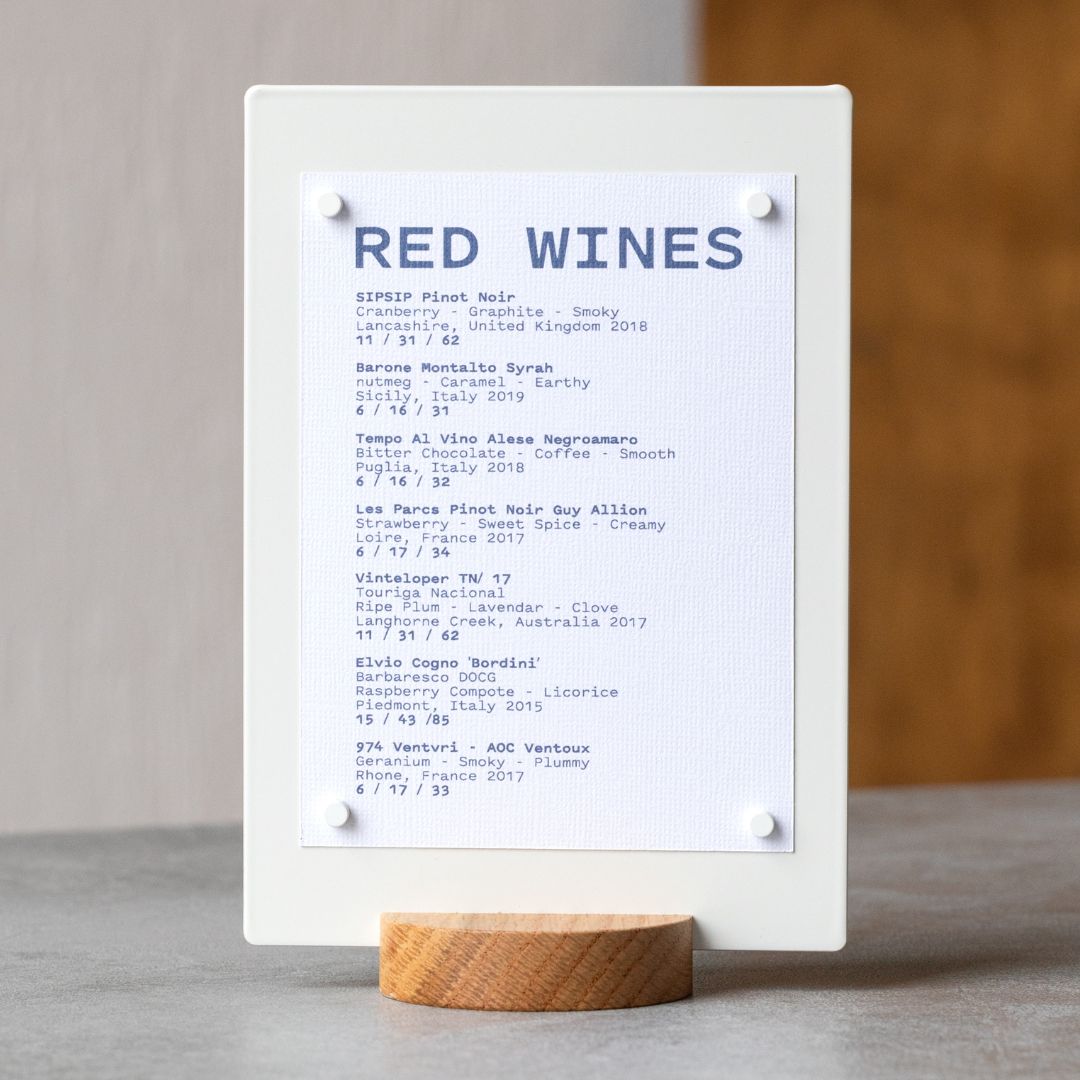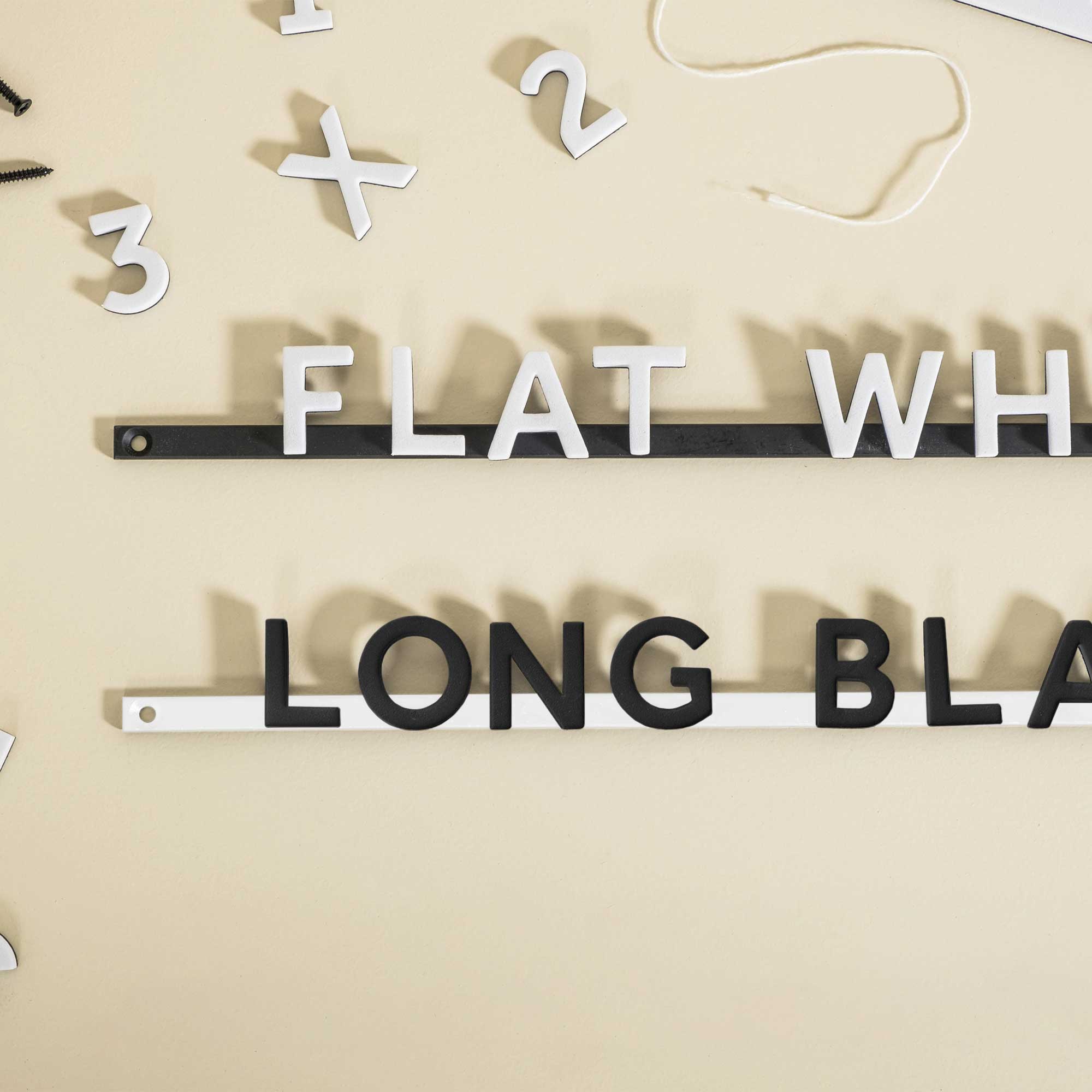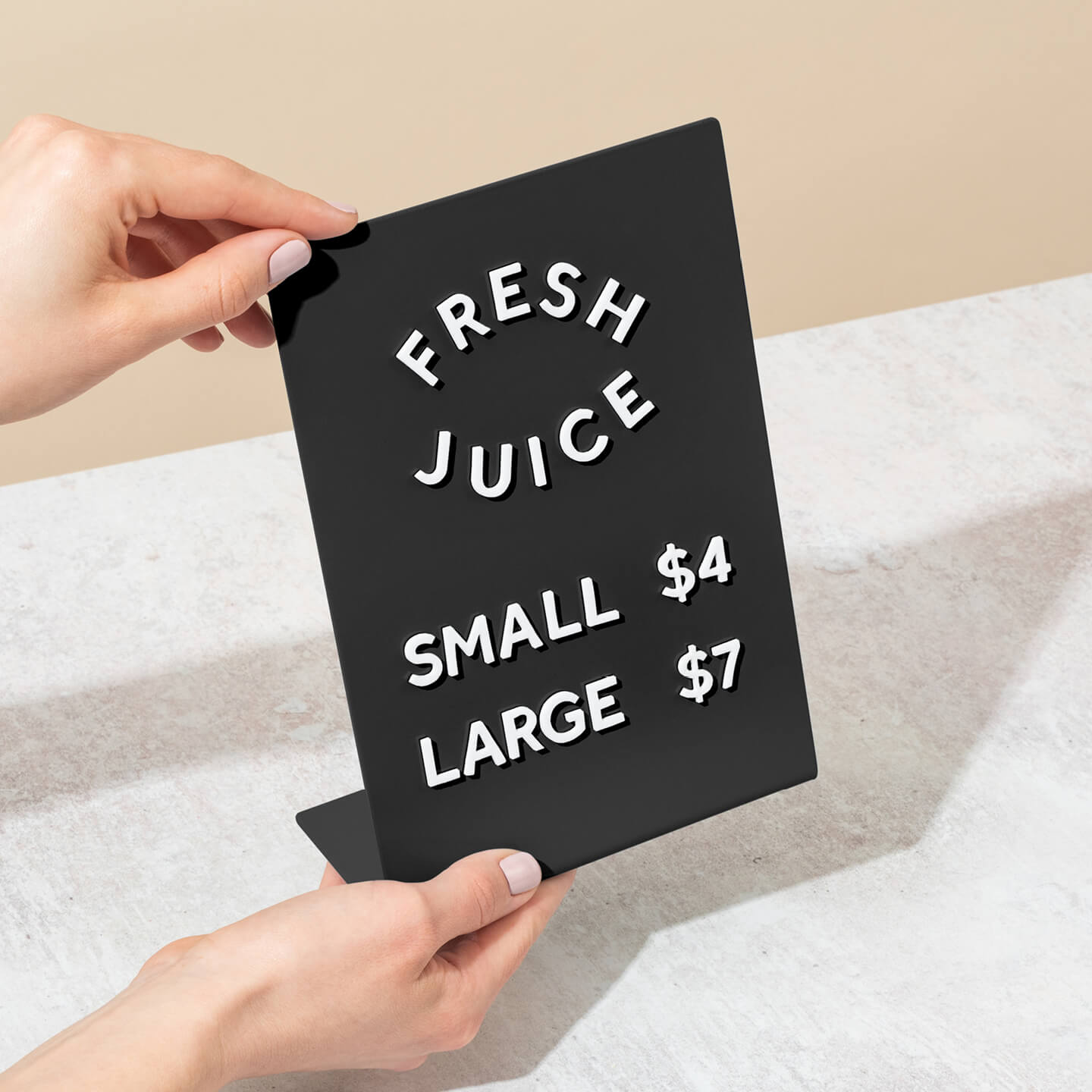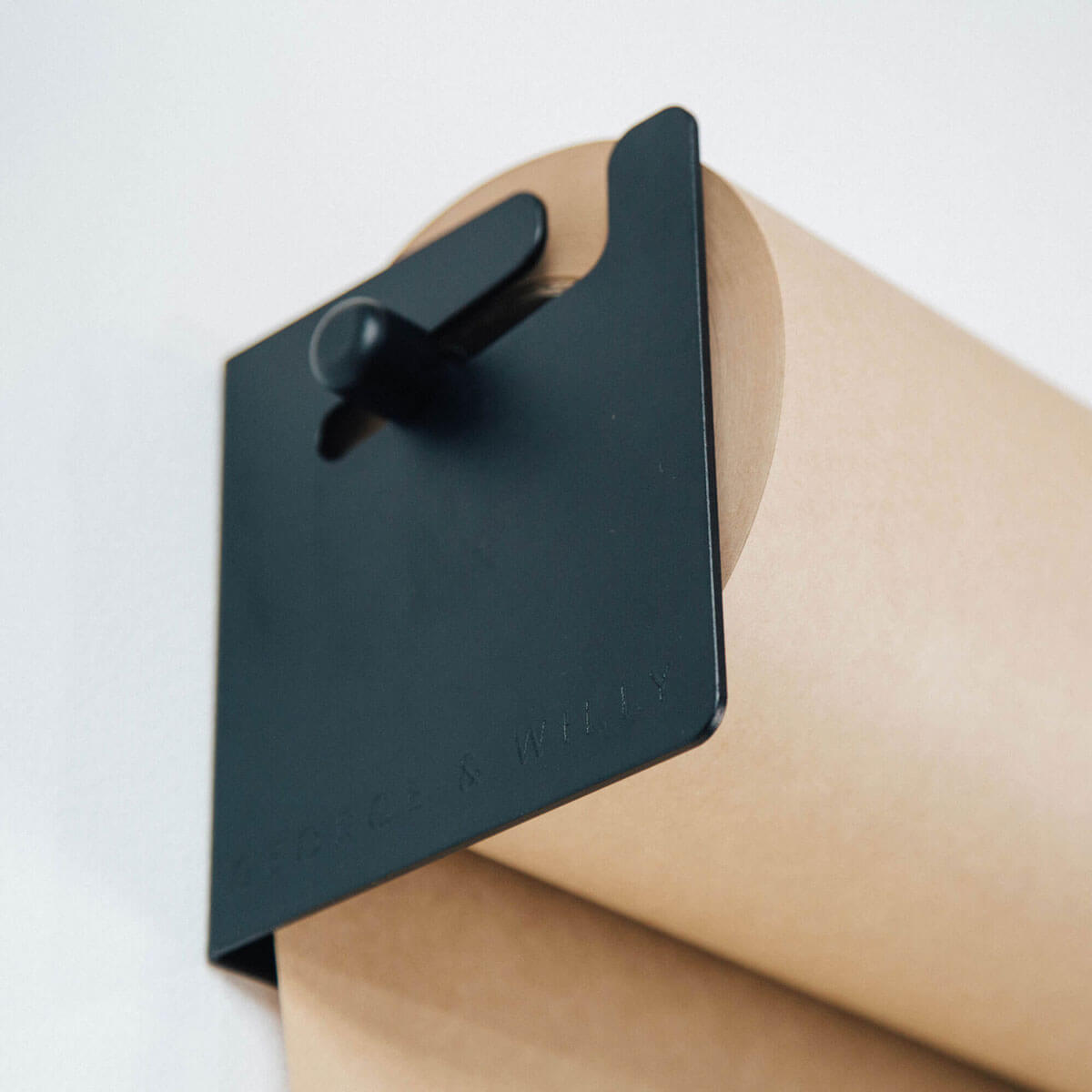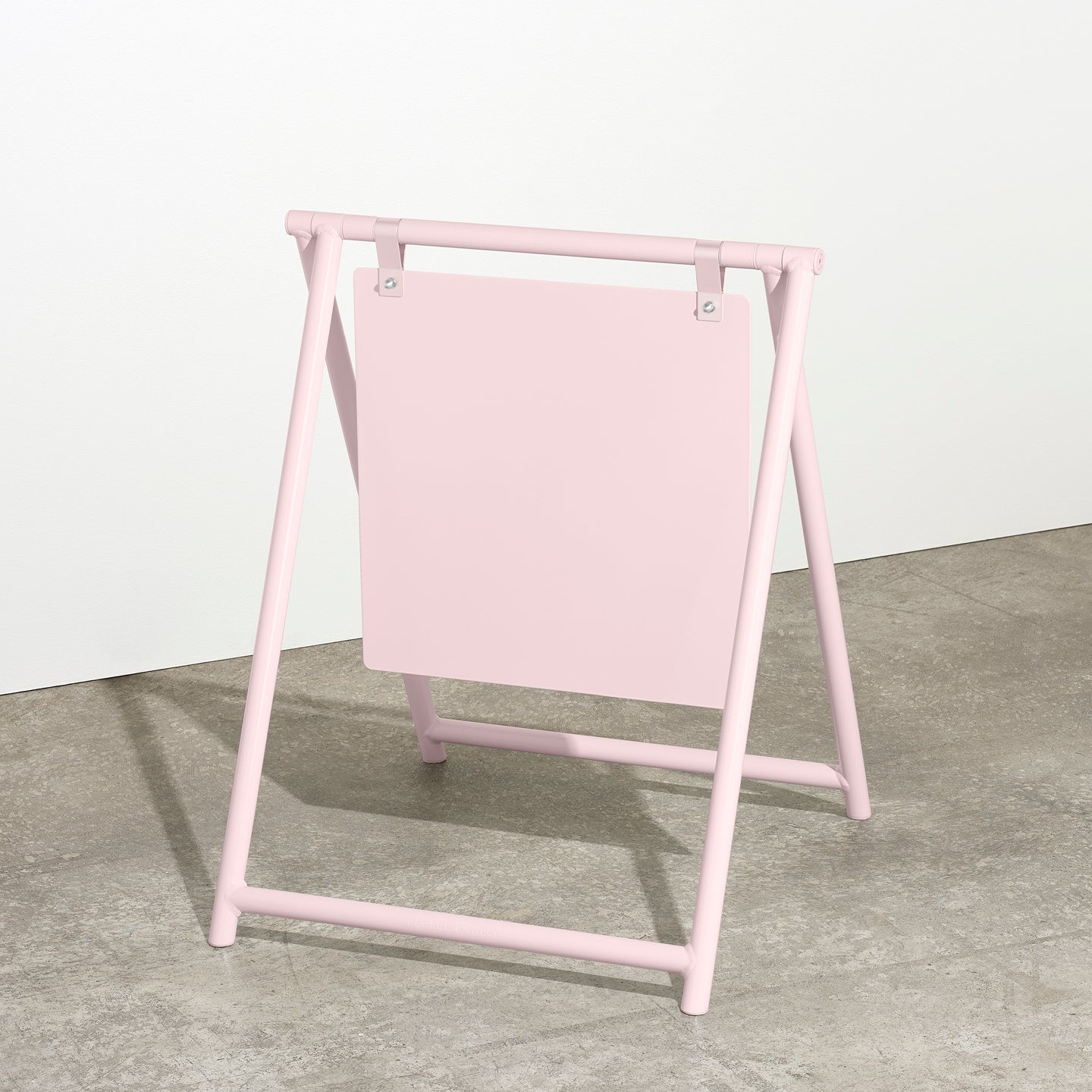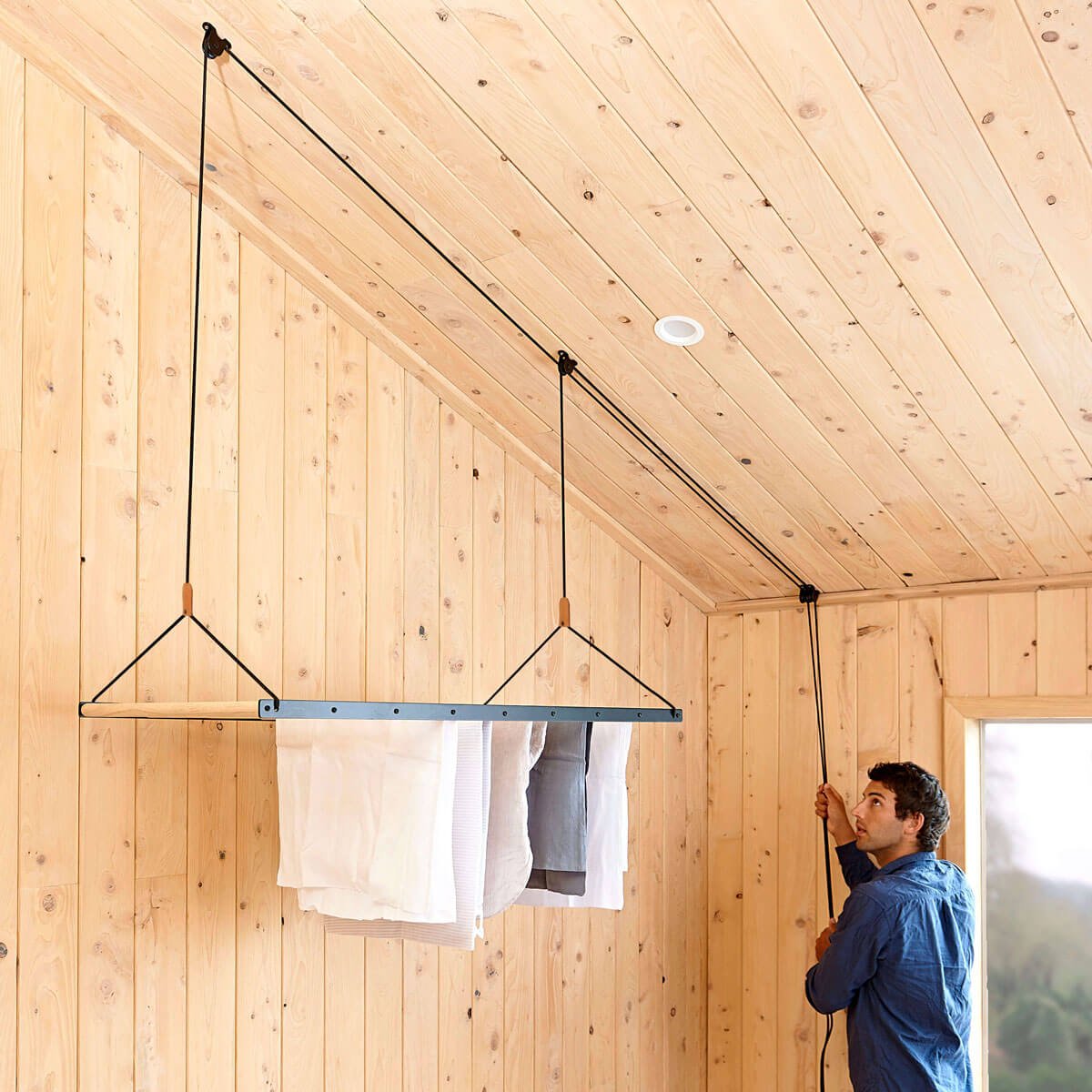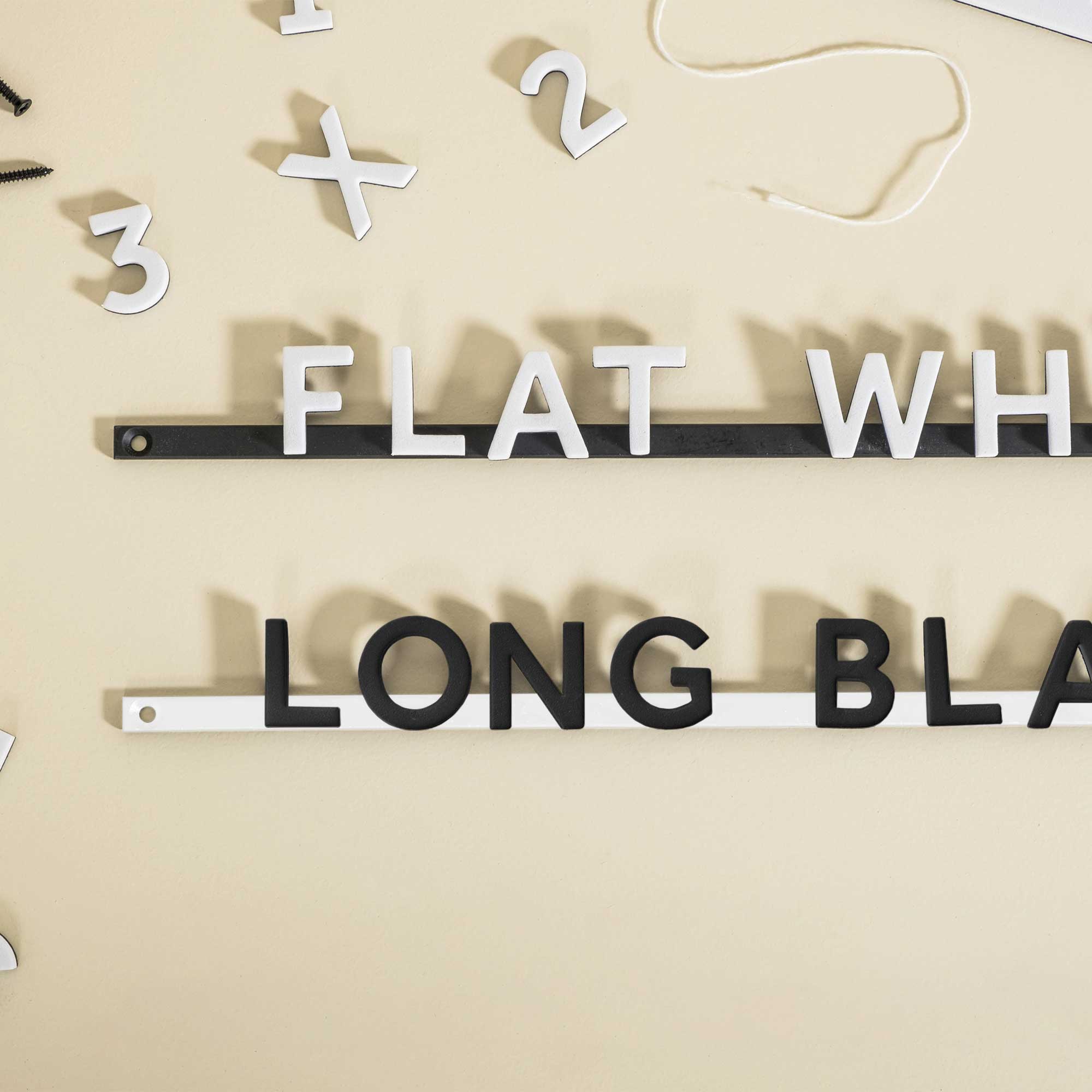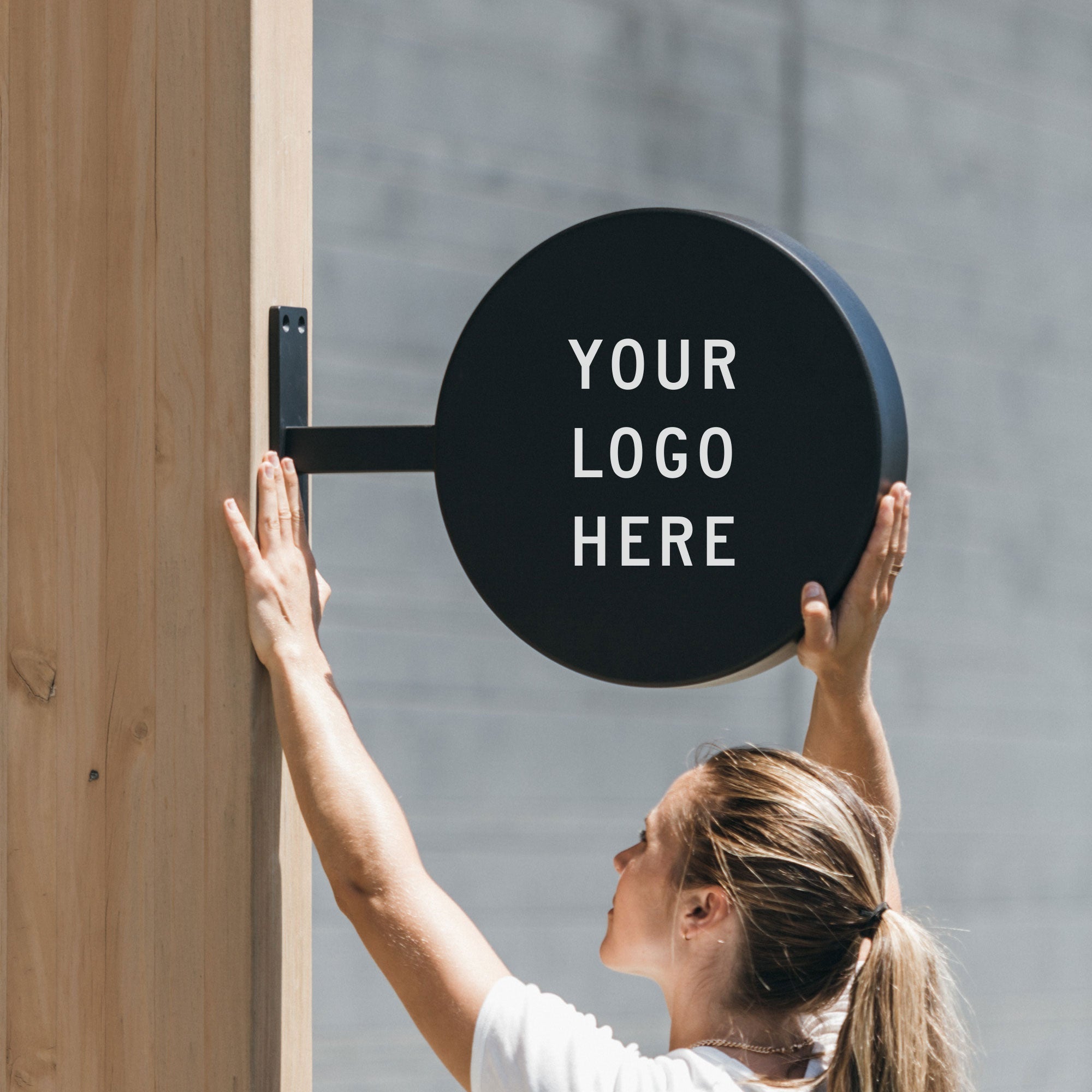Industrial Design considers many concepts and ideas. This style tracks back to the 18th century, during which warehouses and factories were constructed from brick, iron, steel, and concrete, all materials able to stand the test of time. This aesthetic is now a key source of inspiration for industrial interior design due to its simple, utilitarian, and no-frills style, and you'll be surprised how often the concept is adopted. Whether you're fitting out a current industrial space, or transforming your home to fit the aesthetic, there are some fundamental ideas to consider.
Consistency
Consider the transition and coherence within the space. You can achieve a great level of consistency using similar colors and materials to incorporate an industrial design aesthetic for your home. High ceilings and wide open spaces are characteristic of the industrial aesthetic, which can be difficult to achieve in a home, but it can look really beautiful too. Open-plan living means one space streams into the next, creating an environment where dividing walls are scarce. It is important to consider how you can incorporate flow into your home or space through the use of color tones or certain materials to reinforce the industrial aesthetic. For example, you could have a steel benchtop in the kitchen, a coffee table with steel detailing, and a picture frame made of the same material to continue to bring out the industrial feel into your space.

Minimalism
It's important not to fill every space with 'fluff'. Create a modern industrial interior design atmosphere where you have some segregation between rooms/spaces. The kitchen will usually have a large island made from a sturdy material (depending on the look, it could be a stained, heavy-duty wood or, a stark steel/stone benchtop). To differentiate from the kitchen, create an industrial design living room aesthetic, use the back of the couch as the divide between the two spaces. We recommend starting with a few key pieces of larger furniture and working from there, if you start with too many smaller pieces, it can start to look cluttered and take away from the overall aesthetic.
Inspiration
Take inspiration from everything around you, it's quite amazing how many elements can be attributed to industrial styles. Exposed wiring and piping, stainless steel surfaces, exposed brick walls - they're all a part of the 'industrial chic' aesthetic, and can be found in lots of different places, not just older workshops and industrial spaces. Note these elements down, or take pictures with your phone to begin creating mood boards for your space. Draw inspiration from everything and anything that fits the theme.
Materials
Consider raw materials and designs that have defined edging. For example, couches that have a squarer shape can help incorporate an industrial, utilitarian look. The use of concrete, aluminium, bronze, brick, and steel are simple ways to incorporate industrial design into home decor. The Atelier Letter Board works perfectly to introduce such industrial materials into homes, cafes and retail spaces. Consider how different materials can work to complement one another, for example a brick wall could be used as your feature wall with some steel light shades to instantly create an industrial feel. Whilst these materials are the best to create an industrial look, adding just a few elements can achieve the desired appearance without overhauling the whole space or stretching your budget too much.

@compositioncoffee @annamucciphoto
If you have no idea where to start, we always recommend looking on Pinterest for inspiration, tips and tricks for achieving certain appearances and styles.















